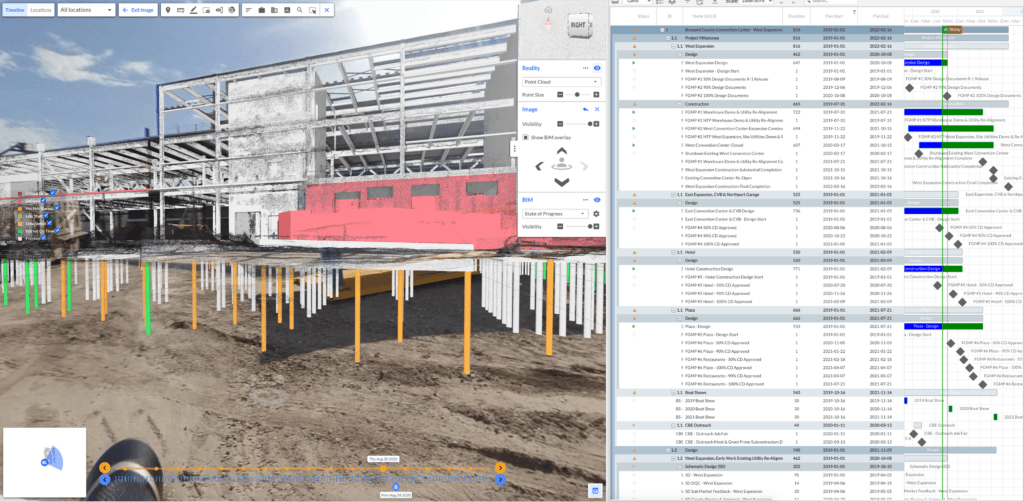We have all heard it before. How great BIM is. How it is revolutionizing our industry. How it is changing virtually everything.

President-VDCO Tech
However, maybe you haven’t drunk the Kool-Aid just yet. You see a lot of hype and discussion, and maybe even some cool presentations, but you are missing the everyday practicality of it. You have yet to see how to apply it to your own projects or organizations and don’t see value in why you need it.
Optimize project results. Increase value to clients and stakeholders. Maximize efficiency. Greater client engagement. Improved planning and sequencing. Better design optimization and coordination. What is not needed is more of these generic BIM value statements. What is needed is a commonsense approach to why we are using BIM, with plain language instructions that detail collaborative project delivery and workflow processes.
BIM Implementation Strategy
I warn you not to invest in BIM technology without knowing what problems you want it to solve. Instead, identify your problems, project pain points, and see where technology can help. Walk through the problem you are trying to solve and align with your project teams on the WHY and HOW you are going to do it. Leave the complexity to the technology and simplify your reasons for using it. To get started:
- Analyze your financial, technological, and planning risks in using BIM.
- Define the role of the contract and the role of the technology for a Design-Build process for all participants.
- Ensure the project stakeholders are working in BIM with virtual design and construction (VDC) processes clearly defined to maximize downstream reusage and value.
- Prepare your team for digital transformation and change.
- Start small and be strategic.
- Map out a technology plan that will scale with your long-term digital strategy.
- Be flexible, learn from experience and make incremental adjustments.
- Back up results with data and performance metrics to show progress and hold participants accountable.
Above is a typical BIM implementation strategy. Contracts that bind project teams and the technology that supports that team must evolve as you move to use BIM as part of a collaborative project delivery. You will need a clear strategy of what tools you plan to use and what workflows work best for your team and all project stakeholders. You should have a detailed BIM Project execution plan (BIMPxP) that is integrated as part of your project schedule and contracts. It should address modeling requirements, the scope of work, deliverables, integration of models, and handover requirements for modeling, collaborating, coordinating, installing and delivering.
Document Your Process
Without these documents, BIM will break in the field. Not that the team isn’t qualified. To the contrary. Trade contractors have some of the most advanced BIM practitioners. The process breaks and efficiency is lost in design-build projects because of not clearly documenting model requirements and handover. Ask yourself these simple questions.
1.) What do the trades and design teams need to model? Think Design Assist.
2.) What level of detail do we need in those models according to which project phase and which part of the process we’re in?
3.) When does the design team end their modeling work, and where will the trade partners pick up afterward?
4.) What does it mean to be virtually designing and virtually constructing versus being handed a set of drawings and models and then building from that? Find that process gap and stay ahead of install.
These exchanges and deliverables from design to trade models need to be crystal clear right from the beginning. They should detail roles and responsibilities, tied into the project schedule, that can be managed as an integrated process.
Broward County Convention Center Expansion

On the Broward County’s Convention Center Expansion and Hotel project, a design-build project in Fort Lauderdale, FL, VDCO Tech, Inc serves as the BIM/ VDC Owner Compliance Agents. We use the DB Team’s BIMPxP’s and documented BIM exchanges and deliverables as the basis for our BIM Construction Administration and VDC Oversight reviews. For this project, models and data are required digital deliverables at project completion by the DB Team within a certain level of accuracy. Simply put, what is modeled, must be what is installed in the field.

While the project is ongoing, we use BIM to better manage project risk for the owner. Using BIM tools and reality capture, we can see what is or is not there on site. By overlaying the models to real-world site conditions, we can see what should be there as defined by the schedule and models progression. We can assess the dependencies and risk based on real progress as seen on-site, in the BIMs and through the project schedule, visualizing risk to the critical path. Our BIM/ VDC services provide project stakeholders with a simple, visual representation of construction progress, productivity and risk, resulting in better-planned work activities and improved site production rates.
Whether working as the Designer, Contractor or Owner, BIM in design-build projects is about having interconnected supply chains throughout. The goal is end-to-end optimization. BIM and VDC process is what gets you there.
